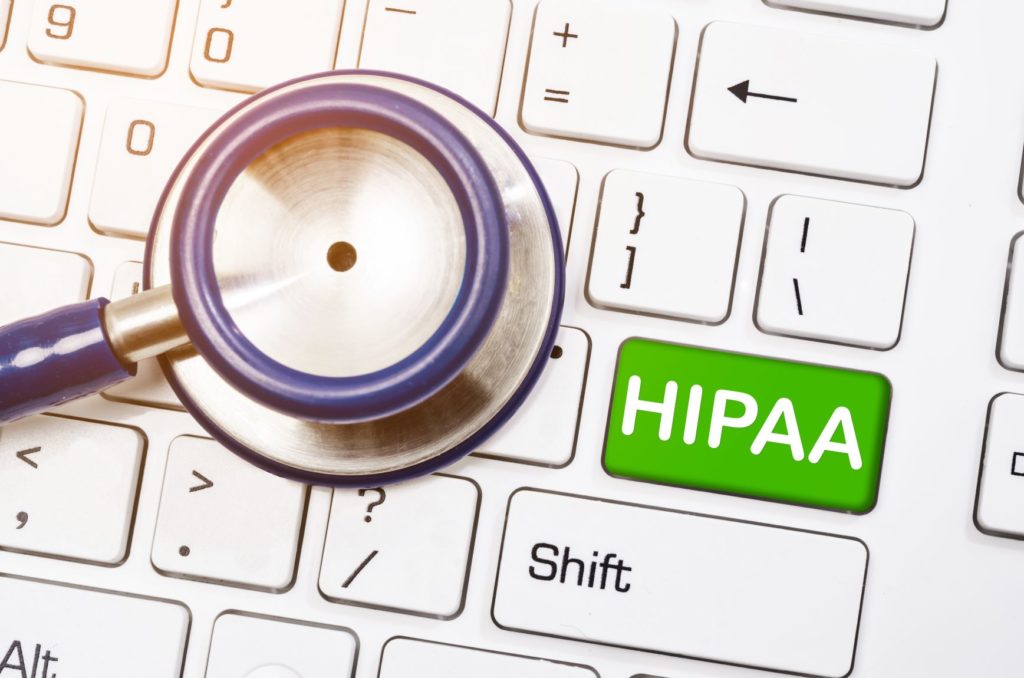
You need to stand out to your customers. Advertising campaigns and person-to-person sales strategies are excellent tools for bringing awareness to your company and your offering, but to really carve out mind share among your customers requires more – especially for sales in the healthcare supply chain.
Today’s health care buyers have a lot on their plates and, since they won’t be the end-users of what they’re buying, they work closely with their clinical value analysis team to make contracting decisions about new products and services.
Your messaging needs to go deeper than an advertising campaign, since marketing materials are often outright ignored by purchasing and value analysis leaders (Frustrating, but true!). They know that the goal of advertising is to showcase the best parts of your offering, they liked what they saw, and now they need to know more.
“Hard data” about your offering is a crucial asset, but to really get through and set yourself apart you need to tell your product’s story.
That’s where content saves the day.
Savvy, successful suppliers know that creating captivating, targeted content is the best way to close the deal. Never underestimate the power of success stories that clearly demonstrate how the value of your offering is multiplied by the added value of having you and your company as a supplier partner.
Know your customer better than they know themselves
Getting on contract is just the beginning of the journey.
To get on contract, your customers have to know who you are. Forging a lasting, mutually beneficial relationship means you need to know your customer better than they know themselves.
We’ve asked supply chain leaders across the country what their top supplier partners have in common, and they all say the same thing: Good suppliers respond to problems, best-in-class suppliers are so well-informed – so dialed in – that they can anticipate their supply chain partners’ needs and proactively collaborate on solutions.
When it comes to contracting in the health care supply chain, there’s nothing more critical to your success than knowing everything there is to know about your customers and prospects. But how do you get those high-level insights? What’s the secret?
Keep reading to learn why content is critical for health care sales teams and how you can leverage content to take your sales success to new heights.
Content takes out the guesswork.
A good database is a valuable tool because you can use data to uncover the story of what’s happened. But sorting through data to find what you need to know can be tedious and time-consuming. Putting that data in context and translating it into meaningful insights – a specialized skillset in itself – even more so.
Moreover, it doesn’t tell you what problems your supply chain leaders are dealing with right now or what their plans for the future are.
The best way to get relevant, actionable information for sales success is going to come from consuming content. Supply chain leaders want all the help they can get; they aren’t hiding what their needs and goals are. Whether its press releases, blogs, podcasts, or news articles, the content and media surrounding an IDN can tell you exactly what they’re dealing with, what they’re planning to do, what their priorities are, and so much more.
Industry magazines and publications, like The Journal of Healthcare Contracting, are treasure troves of details and nuance. Not to mention that there are countless podcasts and videos out there as well – a perfect way to stay in-the-know when you’re traveling or on-the-go.
Personal interviews and webinars with supply chain leaders are doubly helpful because you can get to know the supply chain leaders’ personalities and interests as well as clear information about exactly who you need to approach and what you need to do to get your foot in the door and get on contract.
Industry networking organizations like ANAE (the Association of National Accounts Executives) and platforms like the IDN Directory are outstanding resources for fresh health care supply chain content.
At Share Moving Media, we have a dedicated, captive audience of supply chain leaders across the biggest IDNs in the U.S. For over 30 years, we’ve been partnering with suppliers and distributors to create compelling content and messaging. Share Moving Media has developed the tools, resources and expertise to help you tell your story. If you’d to brainstorm about content ideas to help build an audience and get through to Supply Chain Leaders, please email me at jpritchard@sharemovingmedia.com.



